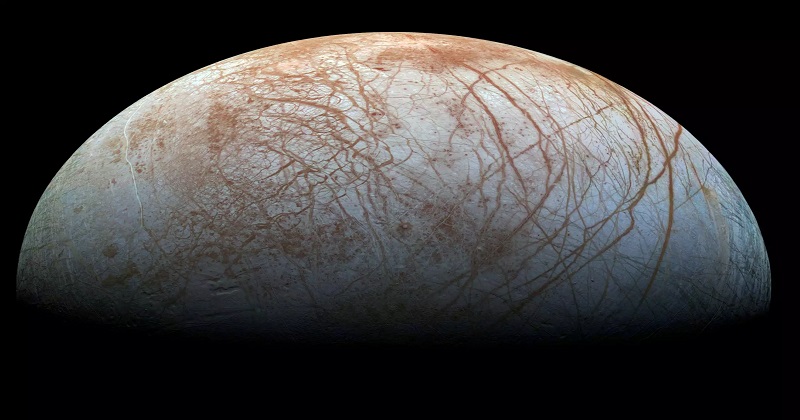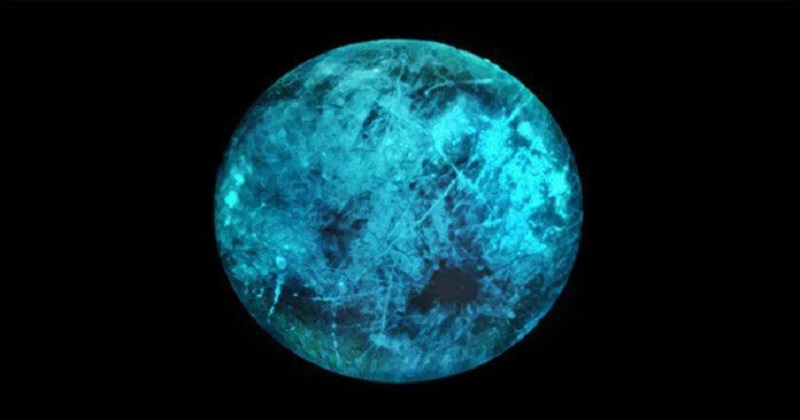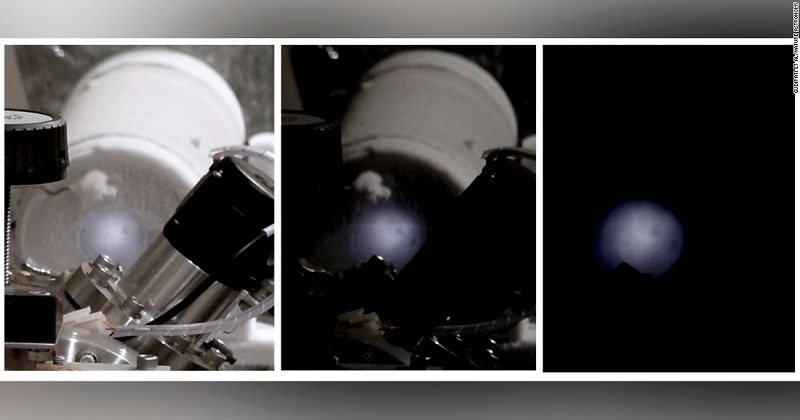
The largest planet is far from being a hospitable planet with its surface filled with gases and liquids. However, researchers believe that one of its moons, Europa could possess life.

Researchers have discovered that strong radiation from the planet makes Europa’s dark side to glow in the dark, making scientists believe that it could sustain simple life forms. This outcome was a result of several experiments conducted by NASA scientists to understand the effects of Jupiter’s radiation on the chemical composition of Europa.
For the experiment, they built an ‘ice chamber’ at JPL in Pasadena, California. The chamber consisted of chemicals that scientists believe are found on the Moon. They then exposed the moon to a beam of high-energy electrons to simulate Jupiter’s radiation. Scientists found that every time the radiation hits the chemicals, it glows. And the glow went off the moment the beam was turned off.

Later, they changed the chemicals to simulate an environment mixed with ice on Europa’s surface with sodium chloride and magnesium sulfate and saw that the ice glows in different intensities and in different colours like green, blue and even white.
JPL’s Murthy Gudipati, said “If Europa weren’t under this radiation, it would look the way our moon looks to us -dark on the shadowed side. But because it’s bombarded by the radiation from Jupiter, it glows in the dark.” “We were able to predict that this nightside ice glow could provide additional information on Europa’s surface composition. How that composition varies could give us clues about whether Europa harbours conditions suitable for life.”

Post Your Comments